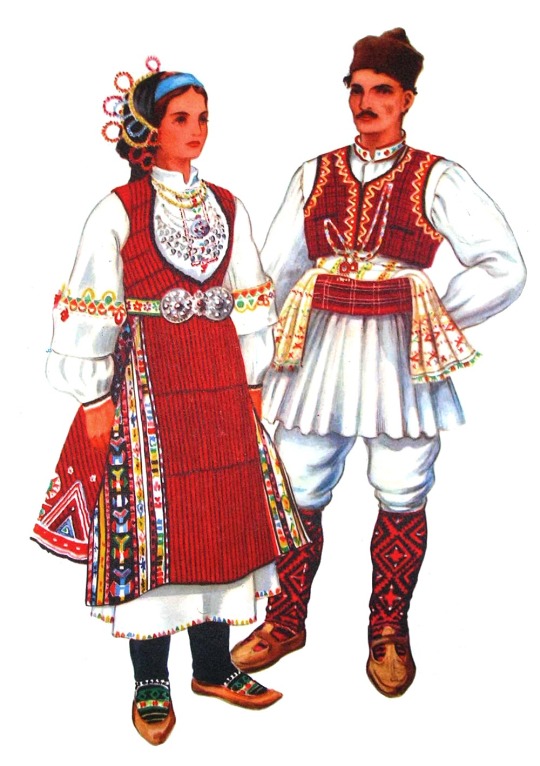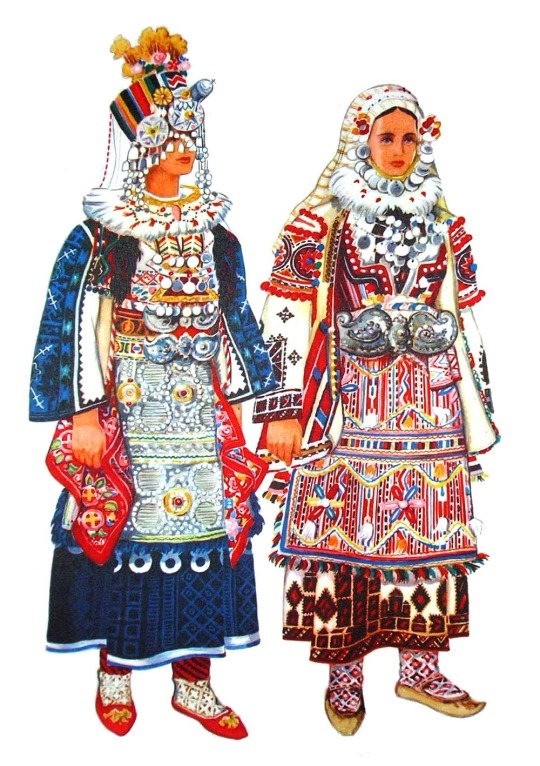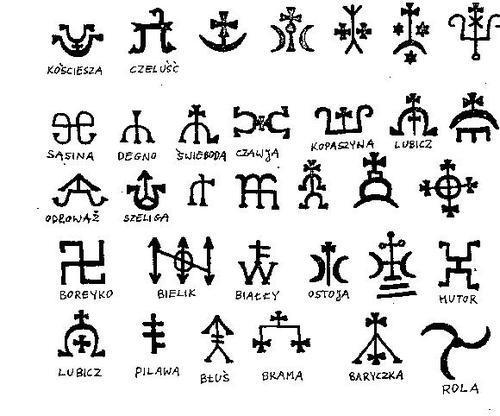Photo










Slavic Girls
357 notes
·
View notes
Photo






Macedonian Folk Costumes
757 notes
·
View notes
Photo

Slavic jewellery
23 notes
·
View notes
Photo

Aino Illustration by Russian artist Mechev MM
928 notes
·
View notes
Text
If you want me to write an article on a particular subject (on Slavic culture, folk, mythology), feel free to drop me a message
4 notes
·
View notes
Text
now back from a long hiatus. i'm sure i'll get on track soon enough.
thanks to all people who still follow :)
slava!
2 notes
·
View notes
Photo






Rokiczanka - Lublin - 06 październik 2013r.
"Wytnij Hołubca"
101 notes
·
View notes
Photo










Donatan - Noc Kupały
145 notes
·
View notes
Photo

Mokosh
287 notes
·
View notes
Photo

This is a current theory saying that the coats of arms of Polish nobility developed from magical characters of the Sarmatians which were called "tamgas”.
According to tradition Polish nobility were the descendants of the ancient Sarmatians, and in fact Poland was often called Sarmatia or Sauromatia.
In the 19th century this traditional belief was regarded as a myth, but now it is held to be based on truth. The tamgas were magical signs the exact purpose of which is not known.
They were found on various objects of everyday use, on weapons, jewellery, etc. and were brought to Europe by the Sarmatians in the early centuries A.D, from their homeland on the Black Sea and the Caspian Sea where they bordered with the Persian Empire the land of the Magi. It is easy to see the similarity of the tamgas and the coats of arms of Polish nobility.
139 notes
·
View notes
Photo

Glass painting inspirated by Slovak folklore. Art by Zuzana Vaňousová.
Text on the picture are lyrics of Slovak folk song Chodila dievčina po hore plačúci.
36 notes
·
View notes
Photo


12th June 1168 - King Valdemar I of Denmark conquers Arkona (Jaromarsburg) on the Island of Rügen, the strongest pagan fortress in Northern Europe and the main place of cult to the Rani Slavic tribe. They were one of the last to cling to their Slavic beliefs, with the influence of their religious center at Arkona reaching far beyond the tribal borders. Fall of Arkona is considered a symbolic end of the Slavic religion.
308 notes
·
View notes




